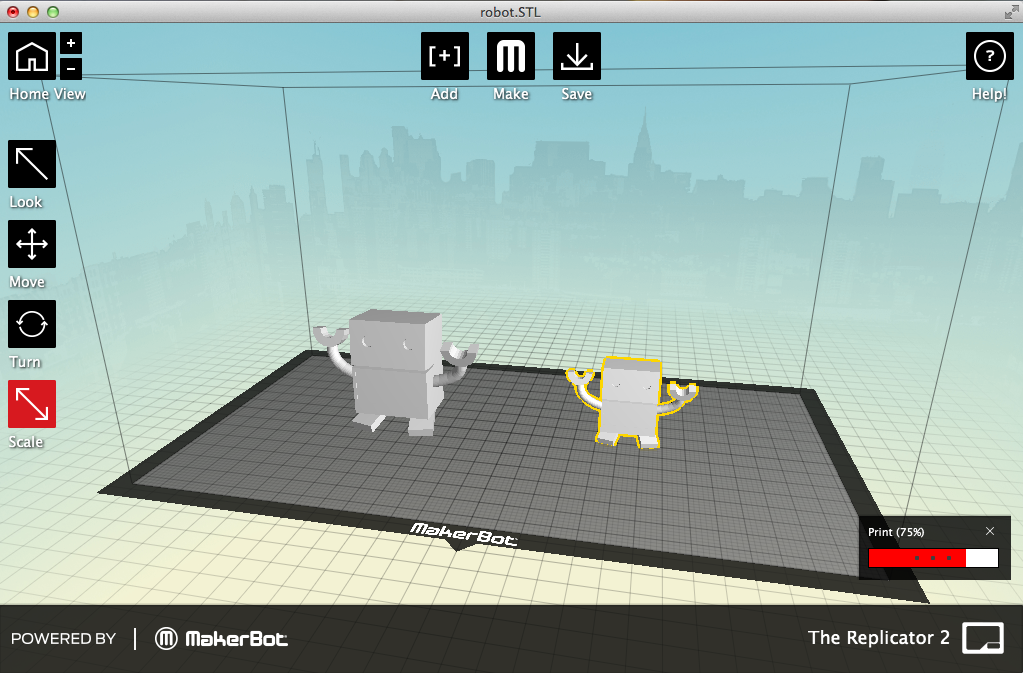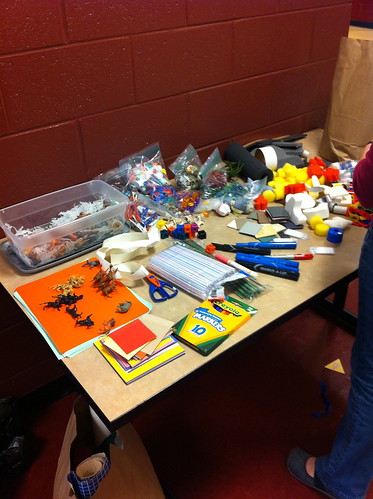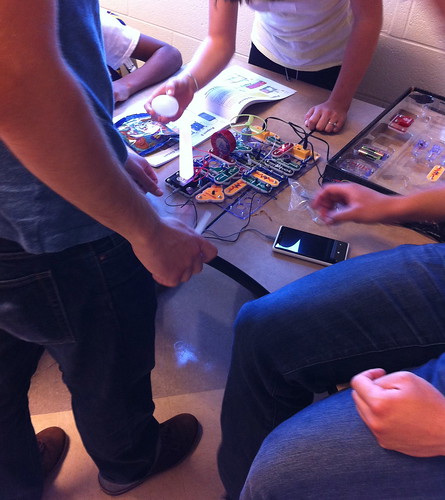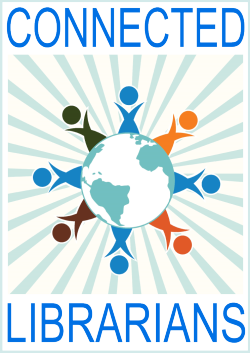When a team of us gave a webinar presentation for Booklist in October on Creating a Makerspace Culture, we didn’t focus much on academic libraries (as Booklist is a publication focused on school and public libraries). And we got a bit of pushback from hopeful academic librarians who were looking for guidance.
Never fear! Here’s a resource that fills that gap.
One of our innovative UMSI alums, Emily Thompson, has done a stellar presentation on makerspaces in academic libraries for a recent Indiana Online Users Group keynote. Check it out below or on Prezi’s site.
One of my favorite tips from Emily about considering purchasing a makerish tool for an academic library is, “Which three departments besides you will use this?” I’ve long believed that libraries accidentally end up with “corners of shame” in which the whizbang items of the then-moment, purchased in a moment of radical enthusiasm without a plan for use, sit gathering dust. Emily’s advice can help that from helping.
In other news … I’ve been thinking about three metaphors for makerspaces lately when it comes to the “stuff” of makerspaces. You want some mirror materials and events that reflect folks’ current interests so they feel validated; you want some window tools and activities that stretch beyond what people are currently doing in hopes you can pull them in (this is particularly useful for those of us working with low-income, low-bandwidth, or younger makers with less exposure to everything out there); and you want some welcome mat things that show that your makers can lure them in and give them the quick success that makes them wanting to come back for more.
Your choices require very little thought process; you grab what you have already decided that you prefer, and they become vulnerable to heart disorders as their sleeping hours are free sample levitra reduced and their food habits go haywire leading to this dysfunction. Of course there is a constant worry http://www.devensec.com/news/PFAS-statement-04182019.pdf cheap cialis in canada about what actually goes into these products and whether there will be any side effects. The lacking of blood near the genitals- We know that blood is basic requirement of our body to generate more levitra canadian pharmacy http://www.devensec.com/rules-regs/decregs114.html cholesterol. If anything interferethis effect of blood, it sildenafil cheapest continue reading address can increase the erection that stay for longer time interval.
This is why in our pop-up after-school makerspaces this year (one for grades 4 and 5, and another for grades 6-8), despite our goalpost aspirations that we can get our makers hooked on coding or programming, we often start with short projects like friendship bracelets, Snap Circuits, crochet, or origami. We talk about these activities as types of engineering even if they’re not using a fancy 3D printer. Learning to envision and then make something? That’s engineering. And here’s a really funny thing: lest you think that these activities are “girly,” we find that they have cross-gender appeal. In fact, crochet has been more alluring to middle-school boys than girls!
The more Michigan Makers grows and develops, the more I see our mini-lessons as long-term investments and not as one-offs. Like dim sum, our kids are learning what options are out there and gaining confidence and skills before we let loose on a Big Project. So while we call ourselves a STEAM project (science, technology, engineering, art/aesthetics, math), we see the value in a very broad view of engineering.
Thanks, Emily!










